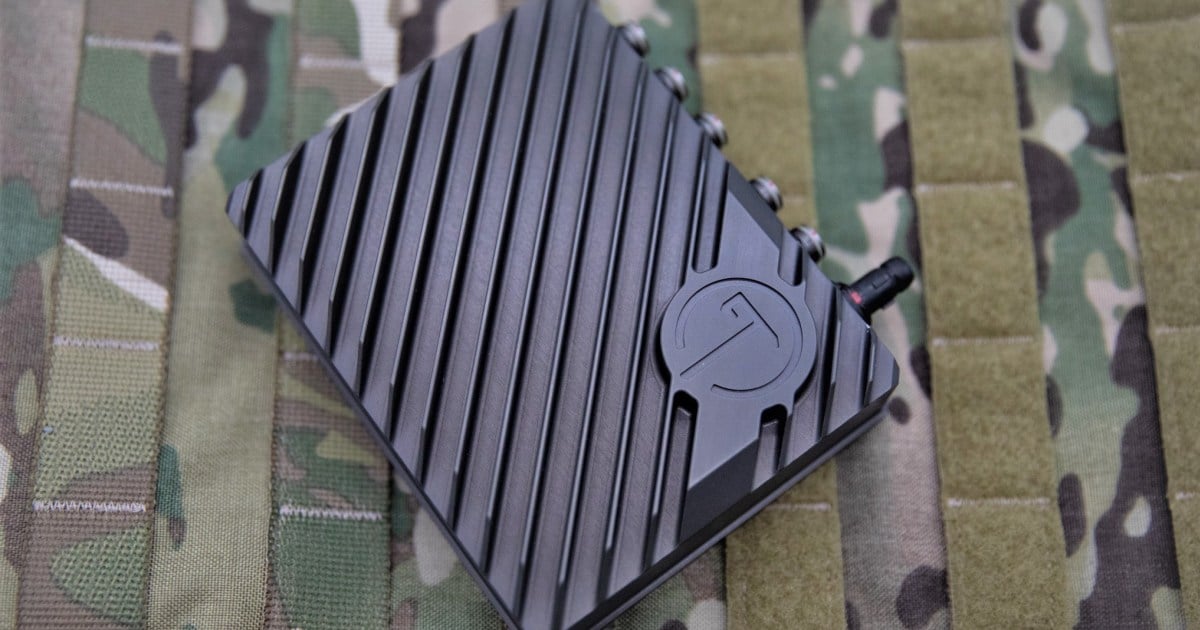Blockchain has captivated the financial sector – first as a core component of bitcoin, and now more broadly as a global distributed ledger and database. In the Blockchain, information – or anything of value – can be stored. Its purpose is to ensure a 100 percent secure, verifiable and traceable database protocol.
That’s why most use cases so far have been focused on the financial sector; Blockchain creates a secure, verifiable and traceable storage of information. However, there are a wealth of untapped opportunities for Blockchain in the area of asset management. Look at the aviation industry, for example.
By many accounts, aviation is one of the most progressive industries. According to a recent survey assessing the maturity of digital transformation across industries on a global scale, 44 percent of respondents in aviation considered themselves advanced in their ability to leverage digital transformation.
Given the competitive nature of the industry, digitization is certainly an advantage. But because aviation involves so many moving parts, experts have turned to Blockchain to connect a number of third parties that collaborate to optimize the performance and reliability of an asset (like an airplane) through its entire lifecycle. This can not only add operational efficiencies, but support service provider’s service level agreements.
A modern aircraft consists of roughly 2–3 million parts. Regulation and/or asset owners require that work performed on aircraft and the parts used is thoroughly documented. It is crucial to know the provenance of these parts, including manufacturer, lot, batch and serial traceability, in order to assure that they have the right specification, that they are not counterfeit. In addition, critical parts are tracked for not only their provenance, but the entire maintenance history of these parts needs to be transparent.
The many participants in an asset’s lifecycle—from manufacturer to transporters, maintainers and operators—each have their own disparate systems for managing their role in the sustainment of assets. There are therefore technological steps to be taken in order to establish and maintain a single version of the truth when looking at that asset’s entire lifecycle. Enterprise software used to streamline this process may rely on configurable supplier or customer portals, electronic data interchange (EDI) or other tools.
What if all of these participants submitted a transcript of the transactions into a purpose-specific, distributed ledger, like Blockchain, to which only authorized participants would have access?
Taking blockchain from the proverbial bank
Using distributed ledgers, the manufacturer of an airplane can connect with the operator of the plane and the maintenance company. In the distributed ledger they can exchange information on the tasks and transactions carried out that relate to asset performance, like service calls, spare part deliveries, number of flight hours, etc.
This provides enhanced visibility within the distributed network to inform each stakeholder and, in the end, can give benefits in future design, contractual clarification, dispute resolution, openness of communication, speed of recollection of key data, and more. All of this engenders trust.
And for an aviation company, this results in an airplane spending more time in the air by eliminating non-value added work in repair and overhaul processes, making for an optimized operational lifespan. This in turn maximizes the revenue potential of each airframe asset.
The manufacturer would initially start the ledger for the asset and each participant would add the relevant blocks to it. The distributor would let the chain’s participants know that the asset was transported from point A to point B, while the operator would register the number of flight hours that the asset has undergone.
Using distributed ledgers for this asset management scenario would provide a 100 percent verifiable, 100 percent traceable and 100 percent trustworthy history of the asset’s lifecycle in real-time. Each individual participant in the chain still has the features and benefits of their own business applications to run their business.
Potential benefits of distributed ledgers like Blockchain in non-financial industries like aviation include:
· Frictionless, very low cost and simple traceable asset record with virtually no up-front cost for each trading arrangement between asset sustainment partners
· Increased trust between service providers, suppliers and operators
· Reduced cost for compliance
· More flight hours for the aircraft thanks to improved reliability of the parts
Making blockchain for asset management a reality
So how can we achieve these benefits in reality? We’re not there yet, as there are still several challenges to overcome. Things like technical performance need to be thought about as latency of transactions and computing power could stand in the way for achieving consensus within a chain. Data ownership, privacy and security and ITAR compliance must also be addressed.
There are certainly a few things to consider in order to succeed with Blockchain for asset management, but there is a huge potential and possible competitive edge for those who are willing to get in on the ground floor.
About the Author: Bas de Vos, Director, IFS Labs at IFS is director of IFS’s in-house technology think tank ifs labs. He is responsible for positioning and communicating the company’s innovation projects to illustrate the future of enterprise software. He joined IFS in 2015 following the acquisition of Visionwaves, where he had worked in management and consultant roles since 2002.
Edited by
Ken Briodagh





